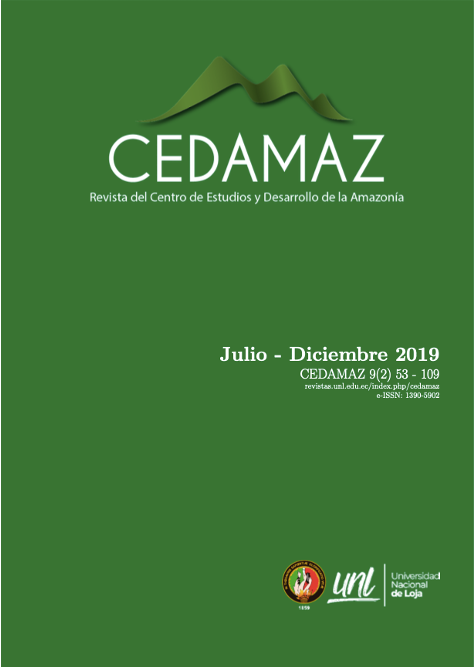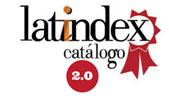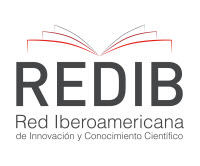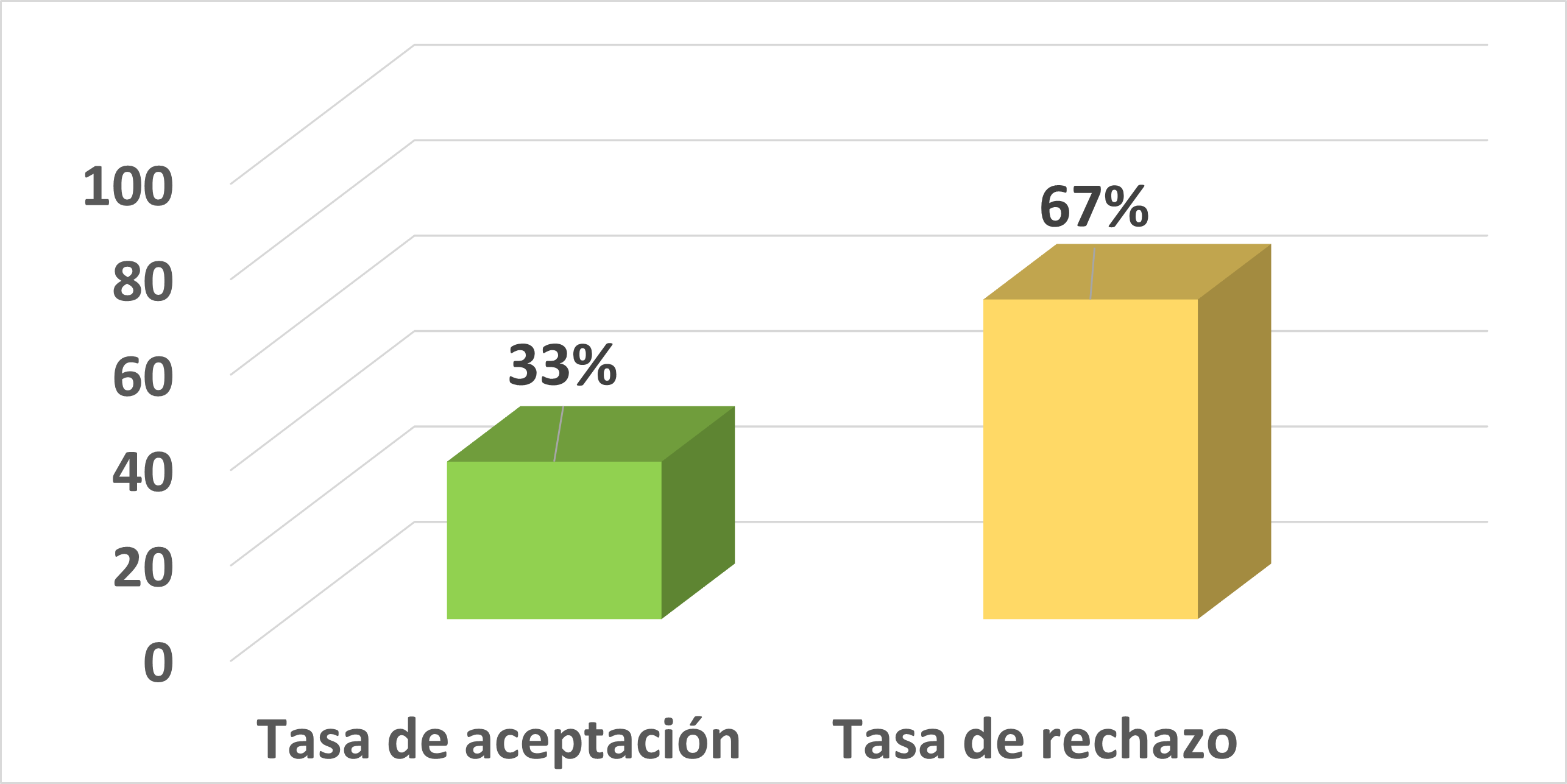Biofertilizer production from microalgae
Abstract
Biofertilizers of microalgae extracts are a sustainable alternative in the improvement, production and protection of agricultural crops, being one of the most promising fields of biotechnology and bioengineering to be explored. Microalgae are multifunctional microorganisms that have photosynthetic efficiency, ability to supply nitrogen in available forms for plants, also improve the development of crops through phytohormones (auxins, gibberellins and cytokines) and macro and micronutrients, essential for plants. These photosynthetic microorganisms need standard conditions for their fast growth that resemble those of plants: light, temperature (18-28ºC), pH (6-9) and nutrients that can come from different organic sources (biol, compost, manure poultry) as inorganic (agrochemicals). Besides, they can be cultue for large-scale production in open atmosphere systems and closed systems under controlled conditions, as in photobioreactors. In the present review, we compare the different types of biofertilizers, microalgae cultures and their large-scale production, we present a perspective of biofertilizers in the world and an analysis of the main challenges to overcome, such as: the cost of production, selection and optimization of strains isolation techniques, bioreactors design, etcDownloads
Published
2019-12-31 — Updated on 2019-12-31
Versions
- 2019-12-31 (2)
- 2019-12-31 (1)
How to Cite
Araujo-Abad, S., & Collahuazo-Reinoso, Y. (2019). Biofertilizer production from microalgae. CEDAMAZ, 9(2), 81–87. Retrieved from https://revistas.unl.edu.ec/index.php/cedamaz/article/view/648
Issue
Section
Review Articles
License
Copyright (c) 2021 CEDAMAZ

This work is licensed under a Creative Commons Attribution-NonCommercial-NoDerivatives 4.0 International License.
Those authors who have publications with this journal, accept the following terms:
- After the scientific article is accepted for publication, the author agrees to transfer the rights of the first publication to the CEDAMAZ Journal, but the authors retain the copyright. The total or partial reproduction of the published texts is allowed as long as it is not for profit. When the total or partial reproduction of scientific articles accepted and published in the CEDAMAZ Journal is carried out, the complete source and the electronic address of the publication must be cited.
- Scientific articles accepted and published in the CEDAMAZ journal may be deposited by the authors in their entirety in any repository without commercial purposes.
- Authors should not distribute accepted scientific articles that have not yet been officially published by CEDAMAZ. Failure to comply with this rule will result in the rejection of the scientific article.
- The publication of your work will be simultaneously subject to the Attribution-NonCommercial-NoDerivatives 4.0 International (CC BY-NC-ND 4.0)









